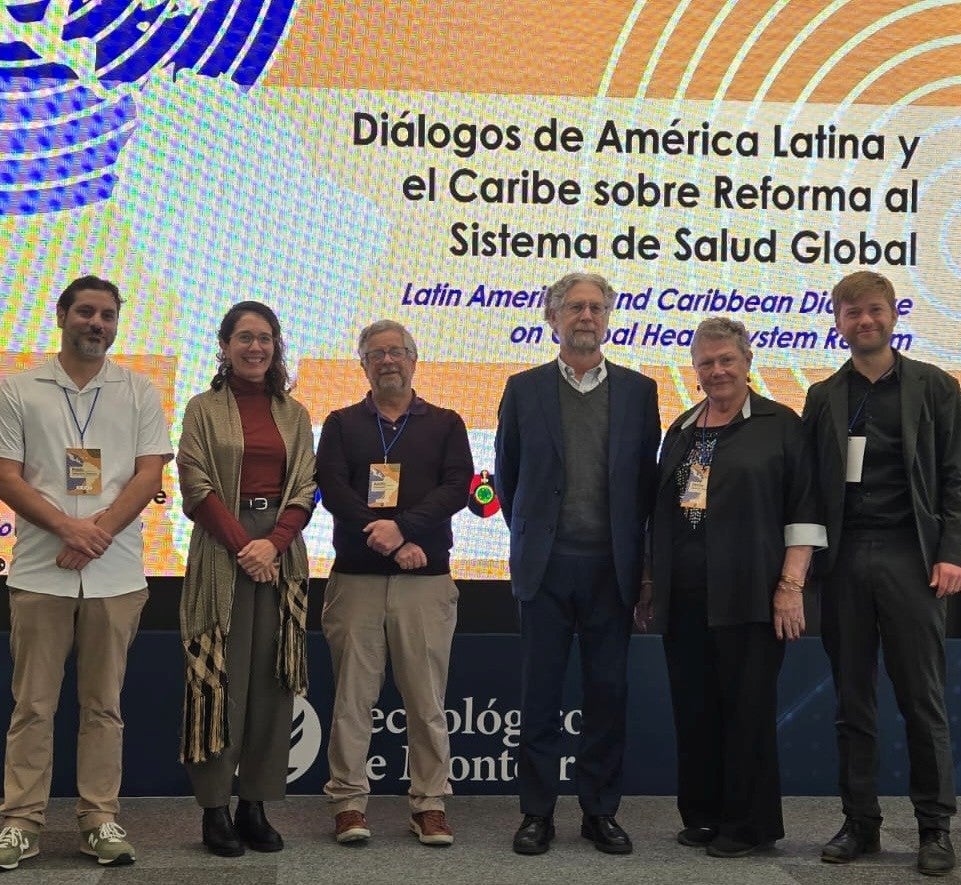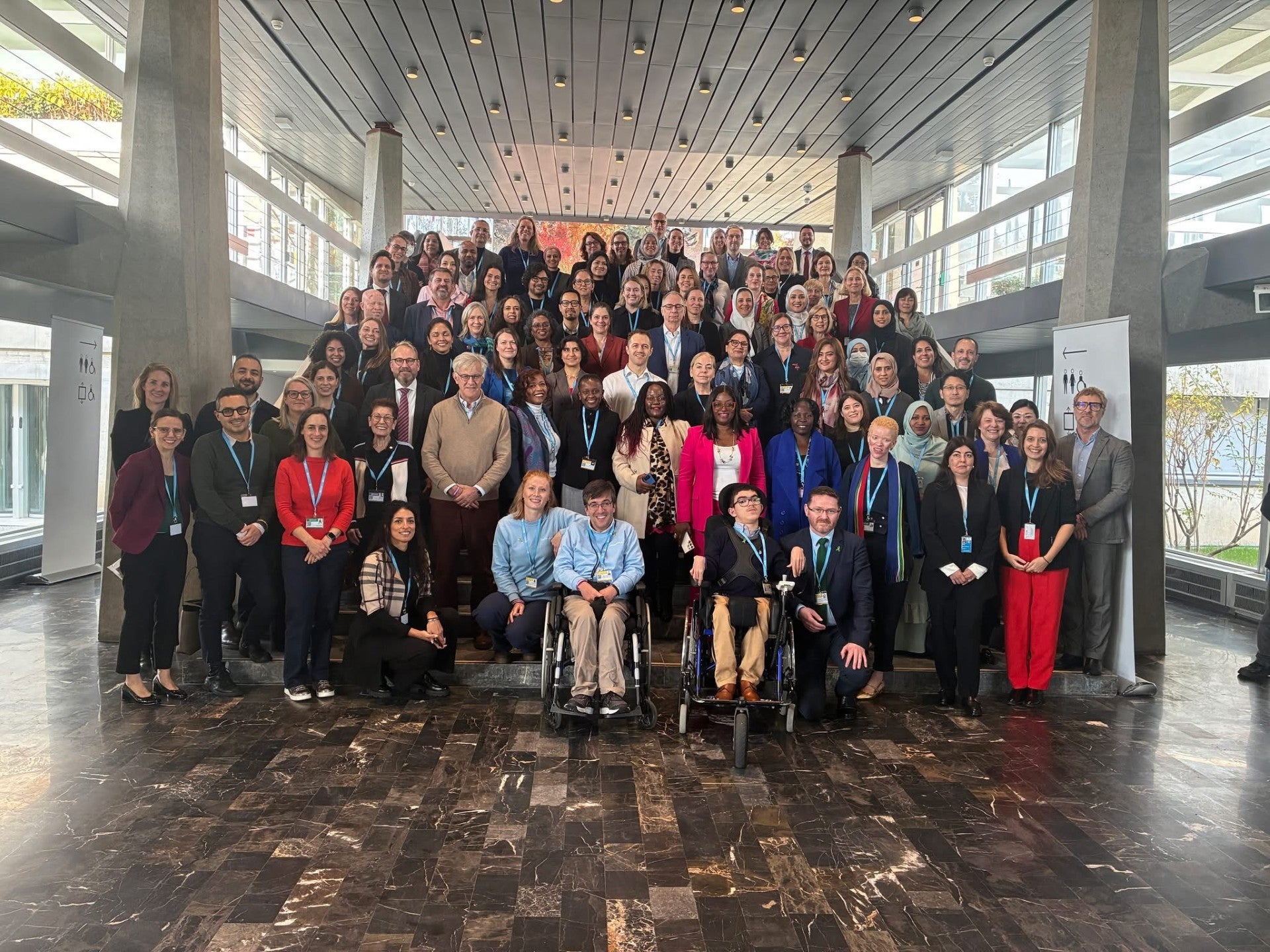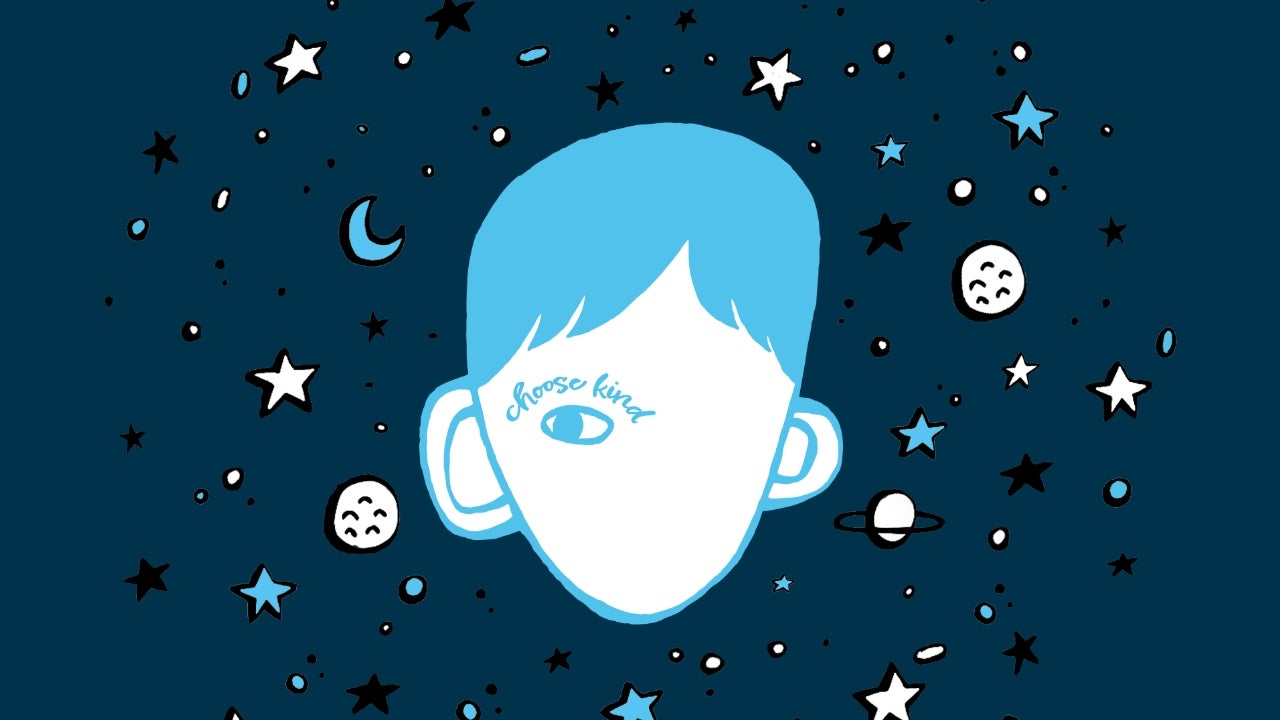Exploring physician anti-nuclear war activism
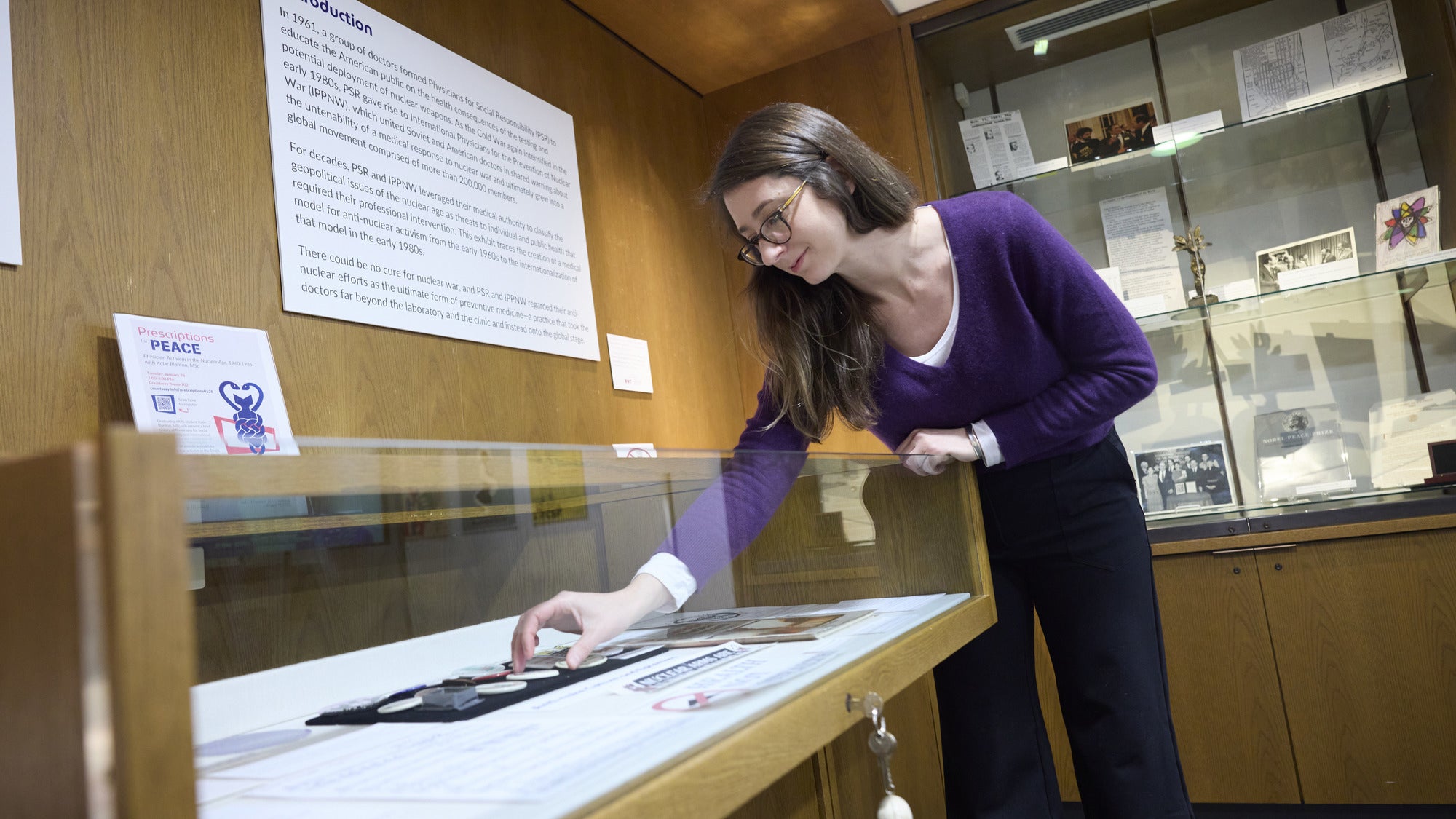
Countway Library exhibit Prescriptions for Peace highlights role of health care professionals in anti-nuke movement.
In 1961, at a time of high Cold War tensions between the U.S. and the Soviet Union, a group of physicians and medical students in the Boston area began discussing the very real threat of nuclear war. Their meetings in the home of cardiologist and Harvard T.H. Chan School of Public Health Professor Bernard Lown led to groundbreaking scholarship on the wide-ranging consequences of a nuclear explosion on civilian populations and on the health effects of long-term radiation exposure. Their efforts helped spark an international movement of physicians against nuclear war in which Harvard-affiliated faculty played a leading role.
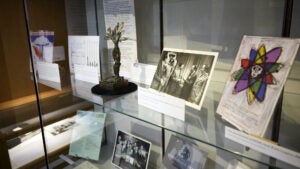
The legacy of groups including Physicians for Social Responsibility (PSR) and International Physicians for the Prevention of Nuclear War (IPPNW) inspired Katie Blanton, who studied the history of medicine at Harvard College and wrote her 2018 undergraduate thesis on physician anti-nuclear activism.
The many Harvard-affiliated physicians involved in this work include Herb Abrams, Eric Chivian, and James Muller, who co-founded IPPNW with Lown, in addition to Lachlan Forrow, Alexander Leaf, Jennifer Leaning, and Victor Sidel.
“I was interested in the role of health care professionals in social movements and specifically how doctors could leverage their professional standing to effect political change,” said Blanton, who will be earning her MD from Harvard Medical School in May. “Social activism was not an extra-professional activity, but a core part of their identity as physicians.”
Physician activism on display
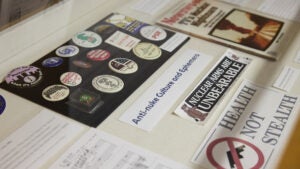
Last year, the Center for the History of Medicine approached Blanton with the idea of pairing her thesis research with documents and other items in the library’s archives to create an exhibit. Their collaborative effort, called Prescriptions for Peace, launched at Countway Library in January and is on display through the summer.
On the library’s first floor, a display features anti-nuke political cartoons from the 1980s to the present, collected by IPPNW physicians. Cases in the lower level trace the groups’ antinuclear activism through research documents, course materials, photos, and mementos such as posters and buttons.
Highlights include a replica of the Nobel Peace Prize that Lown accepted on behalf of IPPNW in 1985 with Soviet cardiologist Yevgeny Chazov. Video screens display a variety of footage, including an event known as the “Moscow Telecast,” in which Lown, Muller (Harvard Medical School), and John Pastore (Tufts University) joined three high-ranking Soviet physicians including Chazov for a television panel discussion on nuclear war—a unique opportunity in which the Soviet public was exposed to Western antinuclear views. This and other videos are available to screen in a special viewing booth adjacent to the exhibit.
Mumford has led several guided tours of the exhibit, and noted the response from visitors has been very positive. “They’ve expressed amazement at how big this movement was and how many physicians from the Harvard community took part in this activism,” she said.
The nuclear threat is still with us
Mumford and Blanton hope the exhibit is a reminder that the threat of nuclear war is not just a piece of history. Blanton noted that nine countries have access to the more than 13,000 nuclear weapons at large in the world, and 22 countries have materials that could be used to build a nuclear bomb.
“In 2025, the anti-nuclear movement is as vital as ever,” Blanton said. PSR and IPPNW, which in the 1980s expanded their missions to include environmental health advocacy, remain active. They continue “showing us that countries with and without nuclear weapons must be accountable in preventing both all-out nuclear catastrophe and what the doctors termed ‘the slow poisoning of our world’ from nuclear weapons testing and production,” Blanton said.
Guided tours of Prescriptions for Peace can be requested by contacting chm@hms.harvard.edu.
On April 16, an environmental justice-themed zine-making workshop will be held at Countway. It will include an opportunity to design anti-nuke zines, posters, and buttons, drawing on primary source materials from the exhibit.
